WAE's architecture for “ultra-high performance” hydrogen-fuelled vehicles is set to accelerate the development of FCEVs with "cutting edge" technology.
Named the EVRh, the platform follows the EVR architecture of last year, which was designed by the British firm to help low-volume sports car makers go battery-electric. Revealed at the Cenex Low Carbon Vehicle show recently, it is designed to show off FCEVs’ capabilities.
The EVRh combines a “cutting-edge" H2 fuel-cell system and a liquid-cooled battery pack. It’s capable of producing up to 576bhp, sprints from 0-62mph in less than 2.5sec, and promises to allow FCEVs to deliver sudden bursts of power needed for acceleration - something they don't currently do as well as BEVs.
As such, WAE estimates that a car underpinned by it could lap the Nürburgring in less than 7min and 20sec.
Like the EVR, the EVRh is light. It’s designed to host a vast range of body types, including grand-touring coupés and even targa-tops.
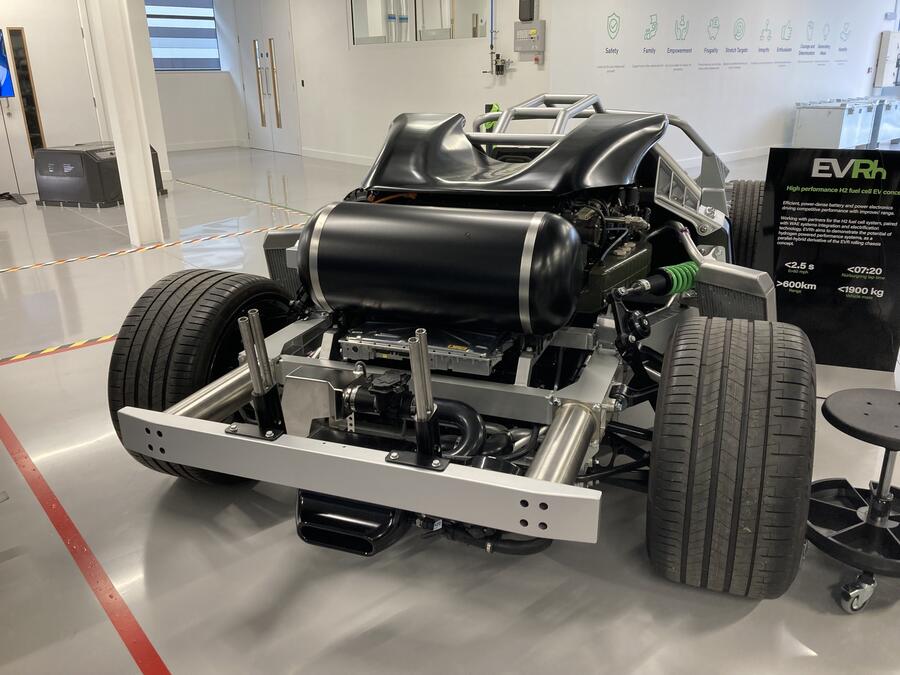
Meanwhile, the battery can be rapid-charged at rates of up to 120kW.
The EVRh has a mid-engined layout for an optimised centre of gravity and can support both rear-wheel and front-wheel drive configurations. WAE calls the power unit an ‘FCEV battery pack’ as a nod to its integrated design.
It essentially works as a hydrogen-electric engine, but without any moving parts. The centrally-mounted power unit and hydrogen tanks give it a low centre of gravity and even front-to-rear weight distribution.
WAE claimed that the EVRh will allow brands to accelerate their entry into the hydrogen car market, reducing time and costs from development to market launch.
It uses a lightweight composite structure with a rigid central tub, capable of supporting track-only or road-going roadster, Targa and fixed-roof coupé bodies; and a rear-wheel-drive or four-wheel-drive layout, with a choice of motor configurations.
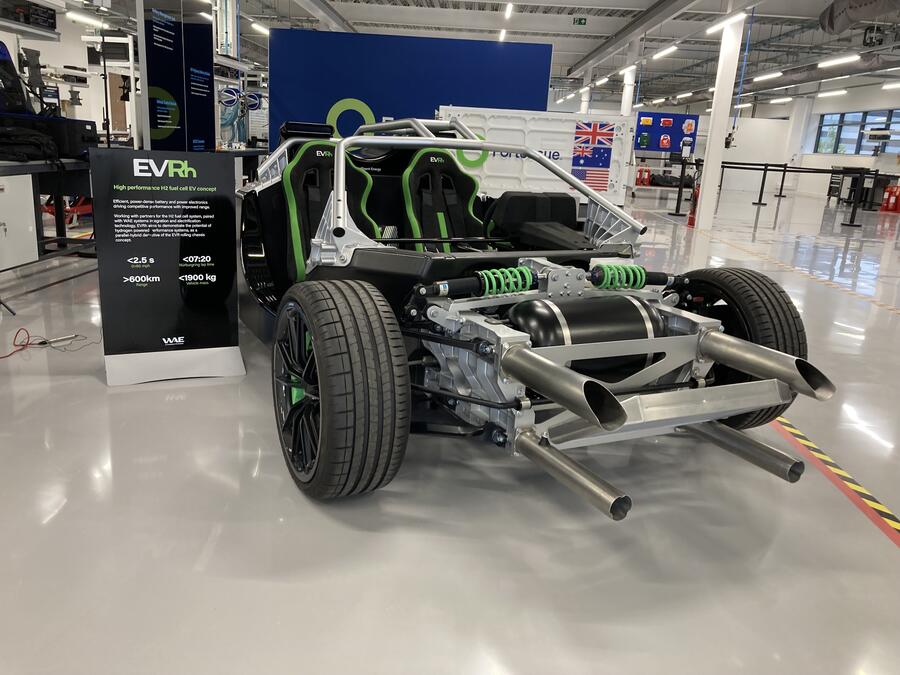
The EVRh is a sister concept to the battery-electric EVR, which WAE revealed in September 2022. The EVR platform also aims to help smaller car makers enter the electric car market, using an 85kWh battery pack producing a peak power output of 1650kW (2213bhp). Austrian start-up Deus, for example, is utilising the platform for its Vayanne hypercar, which is claimed to produce 2169bhp and 1475lb ft.
Underpinning both architectures, and perhaps what makes them stand out, is WAE’s track record (literally) in advanced battery technology. It has supplied batteries for Formula E since 2014 and more recently Extreme E.
Williams presented the EVRh at Cenex LCV, an event for road-transport solutions aimed at achieving net-zero.
"Since its inception in 2010, WAE has been dedicated to innovating cutting-edge and transformative technologies across a variety of applications and industries,” said technical director Paul McNamara.
“EVRh is another key example of WAE’s capabilities in the development of solutions for zero-carbon vehicles, enabling state-of-the-art FCEVs to be brought to market rapidly and cost-effectively.”
Additional reporting by Jesse Crosse

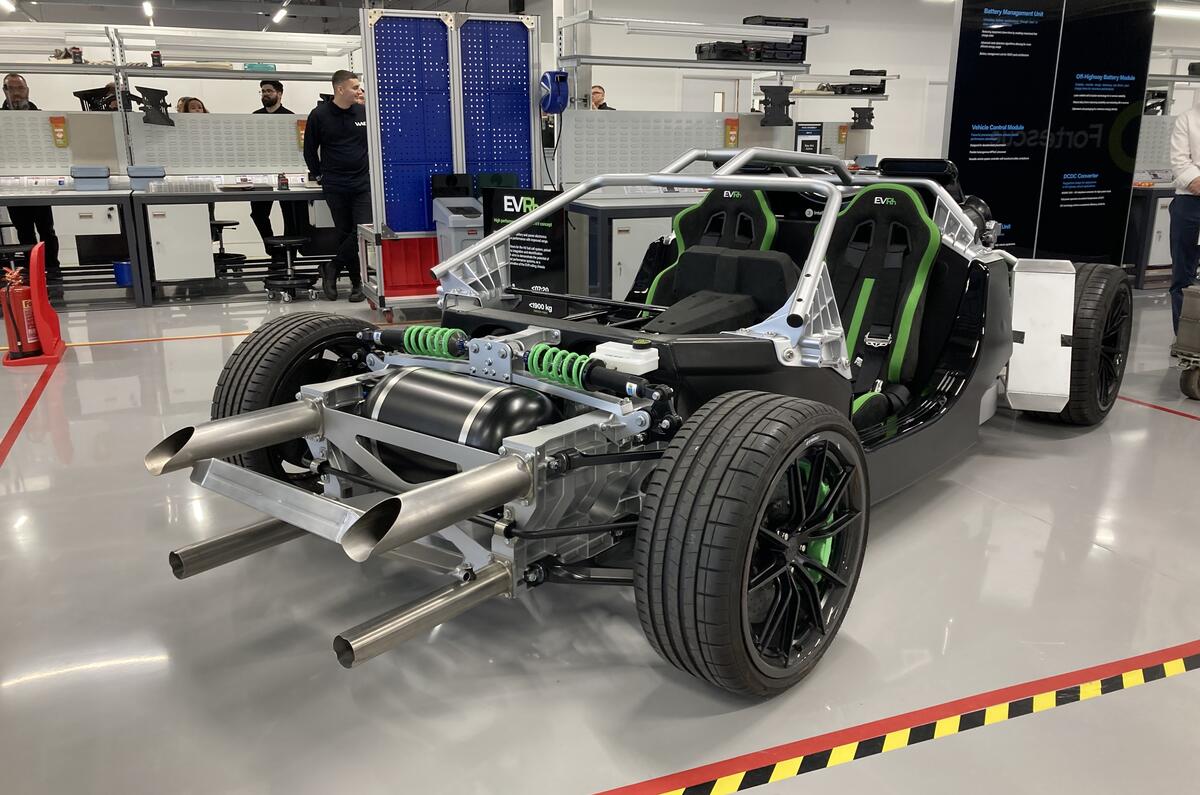
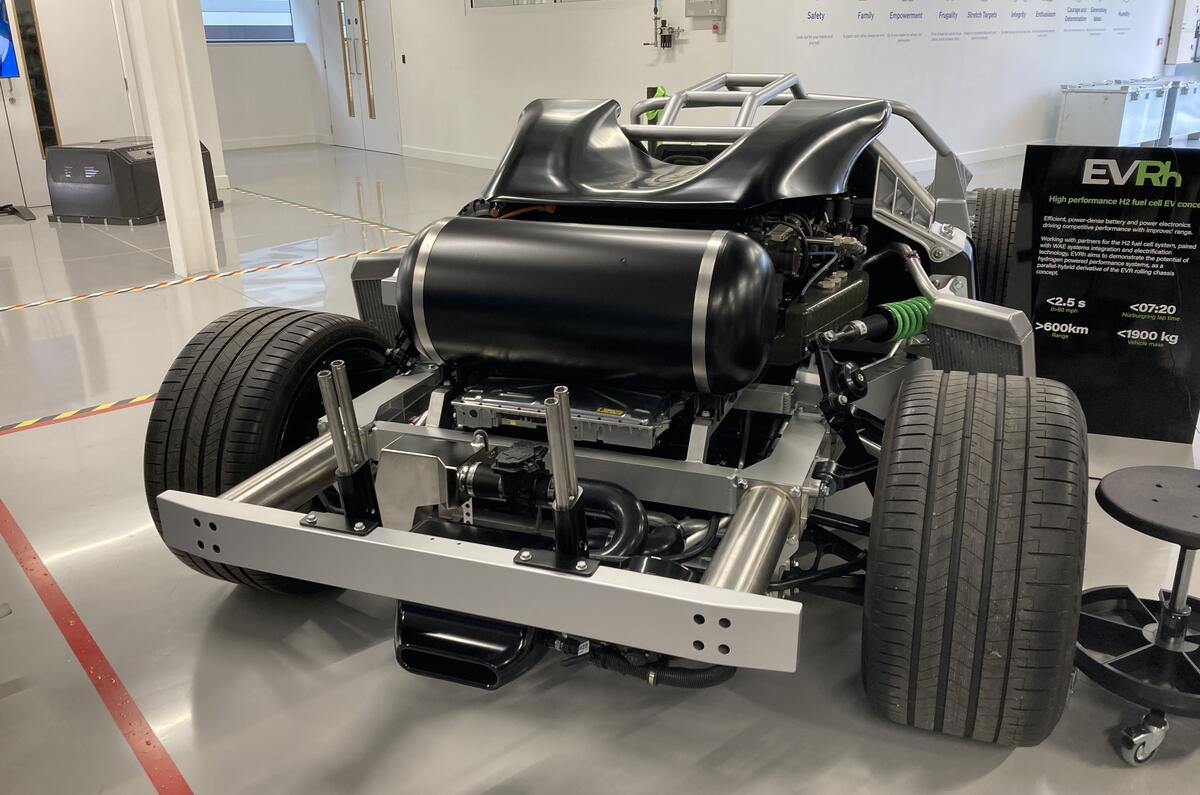
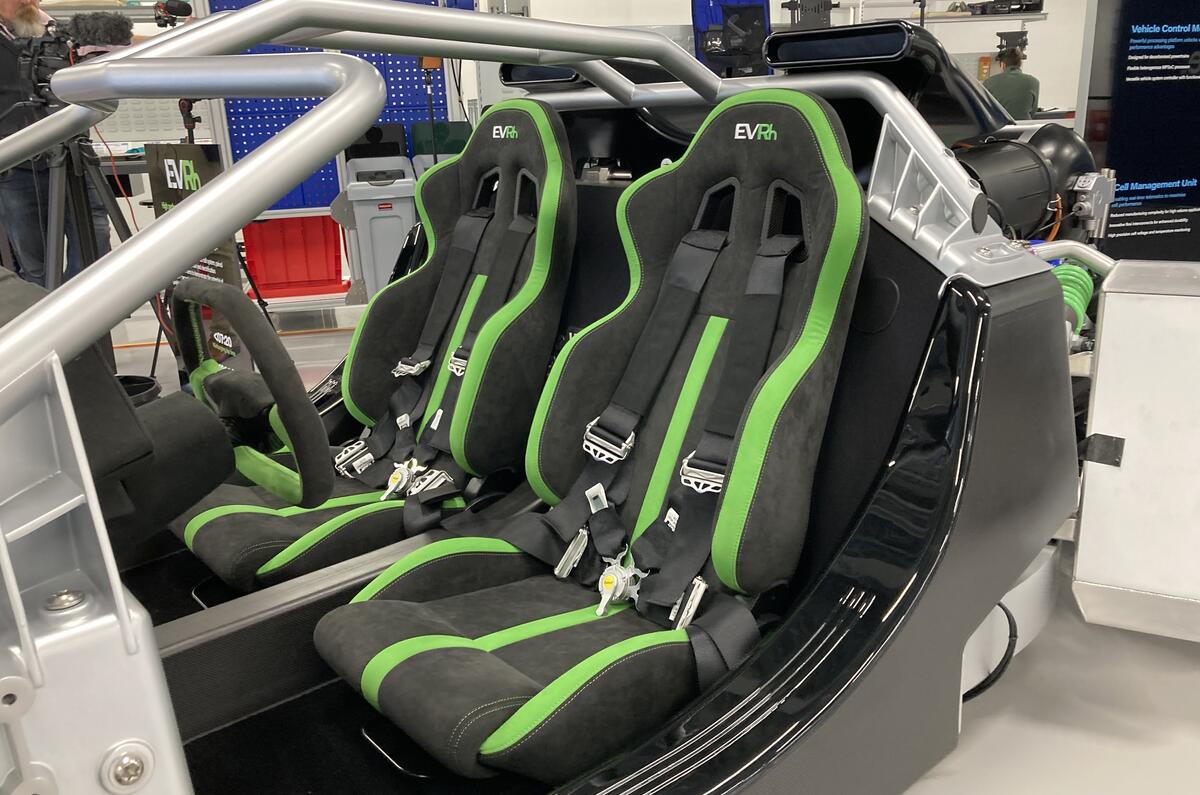
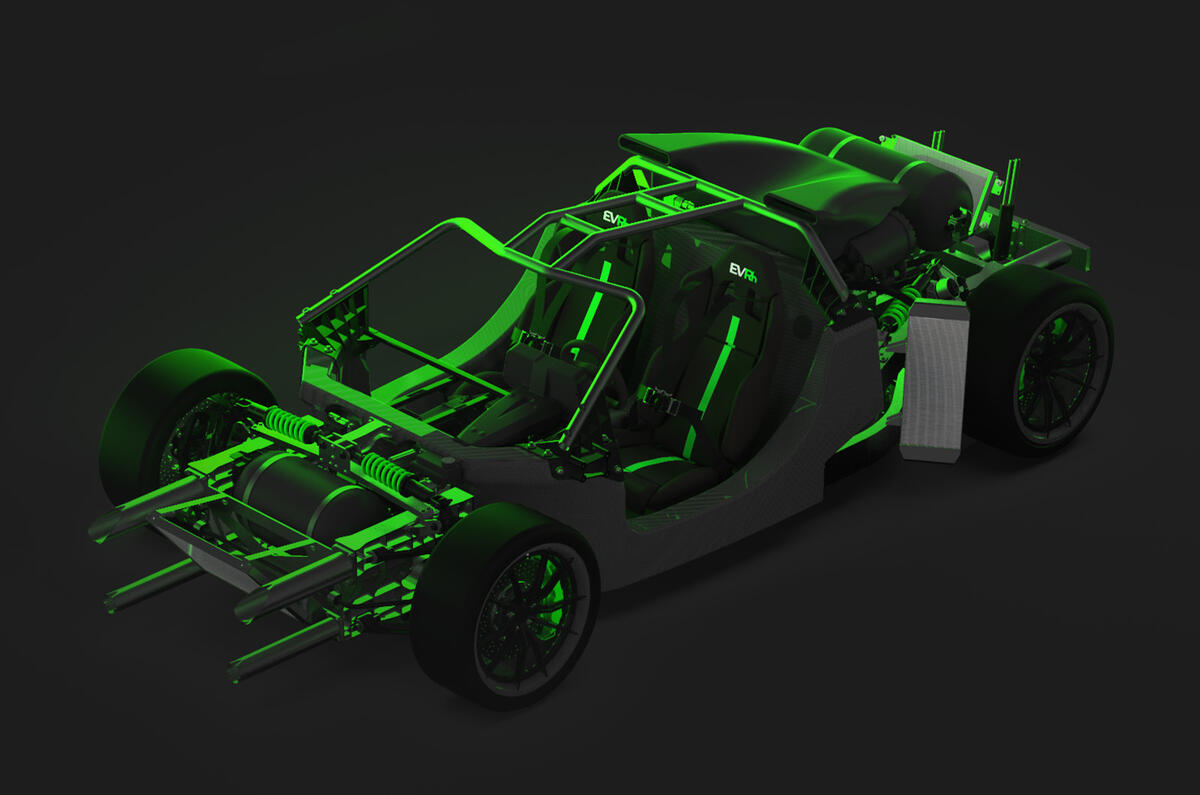
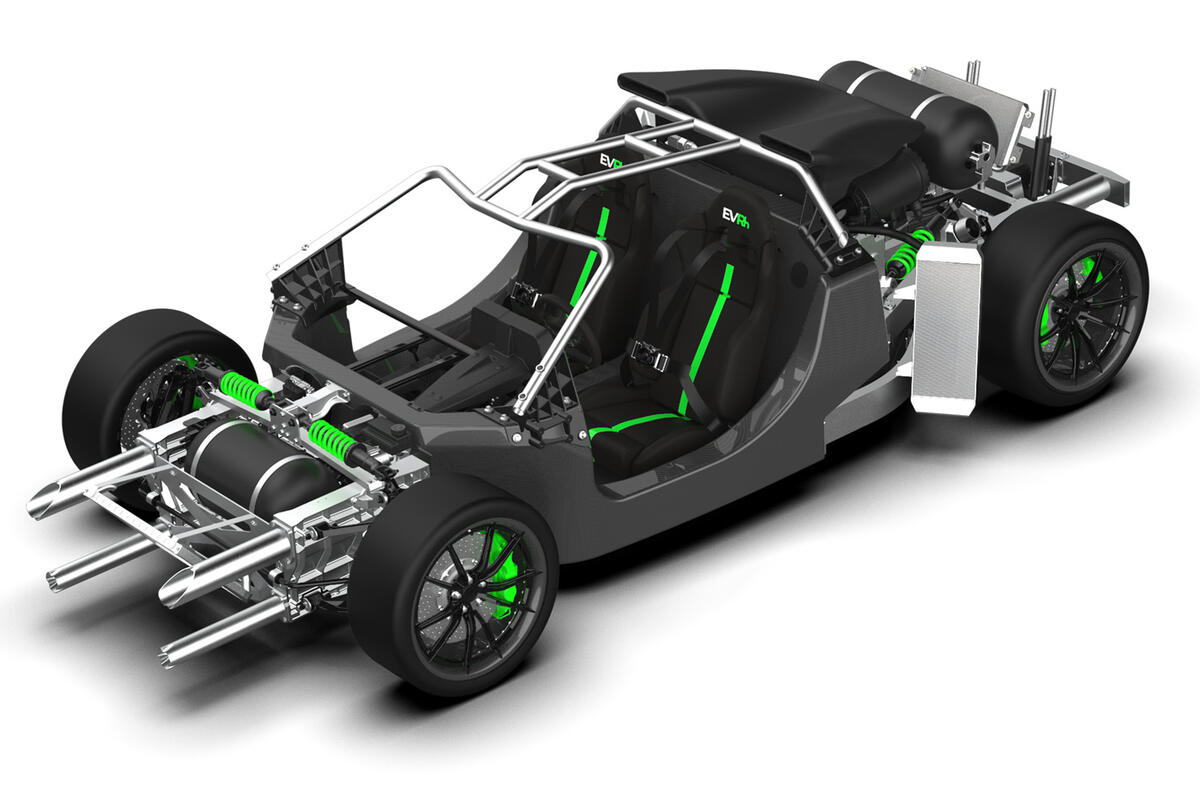
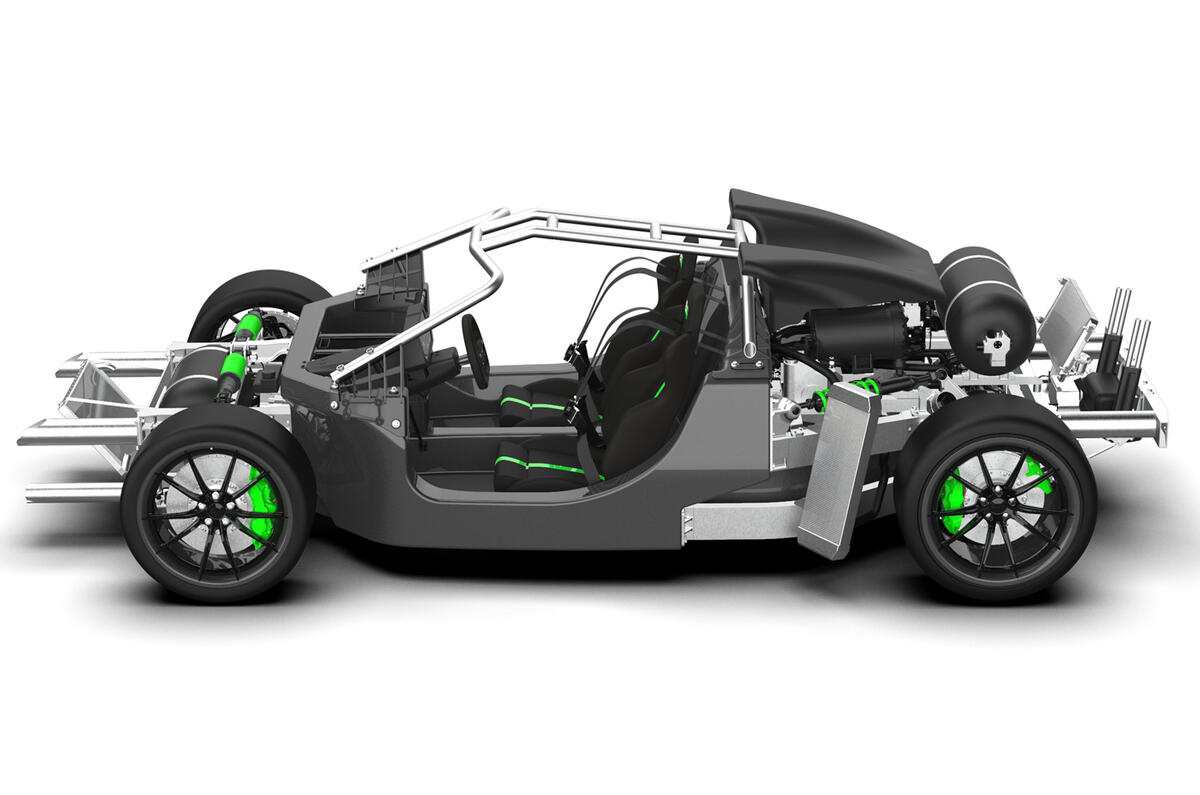
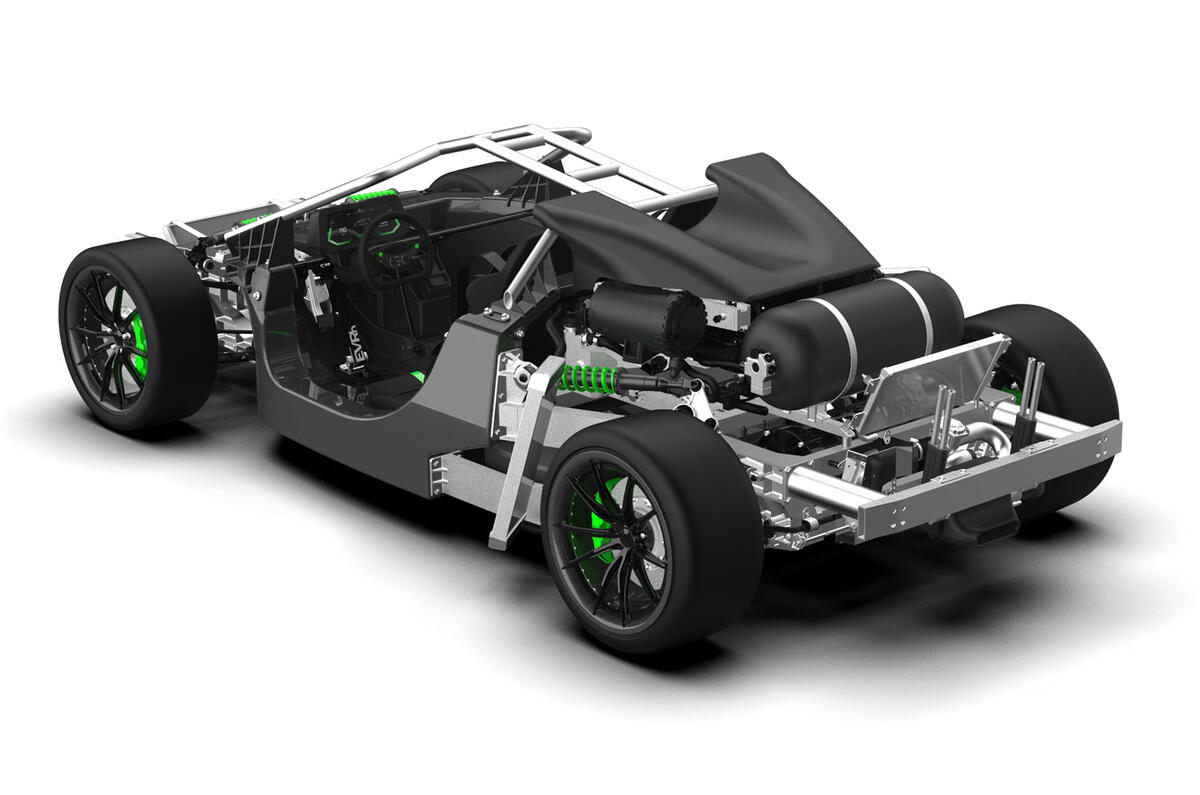
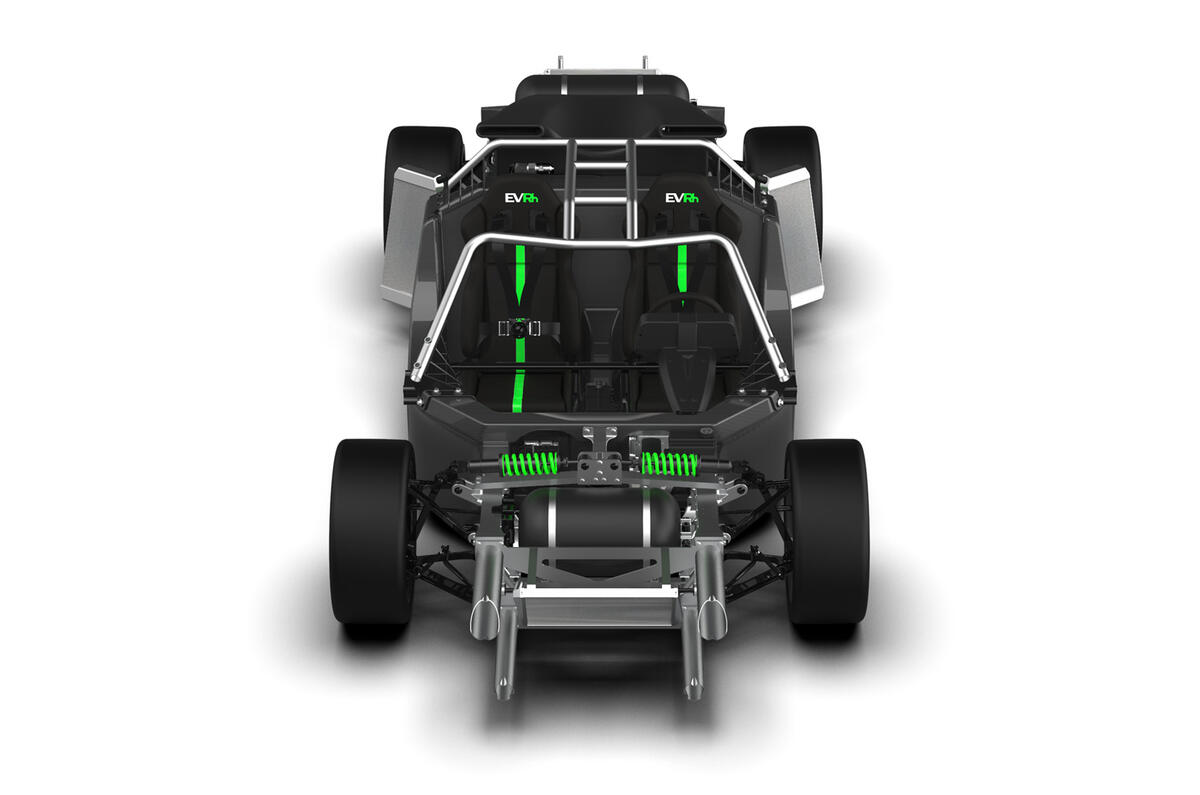
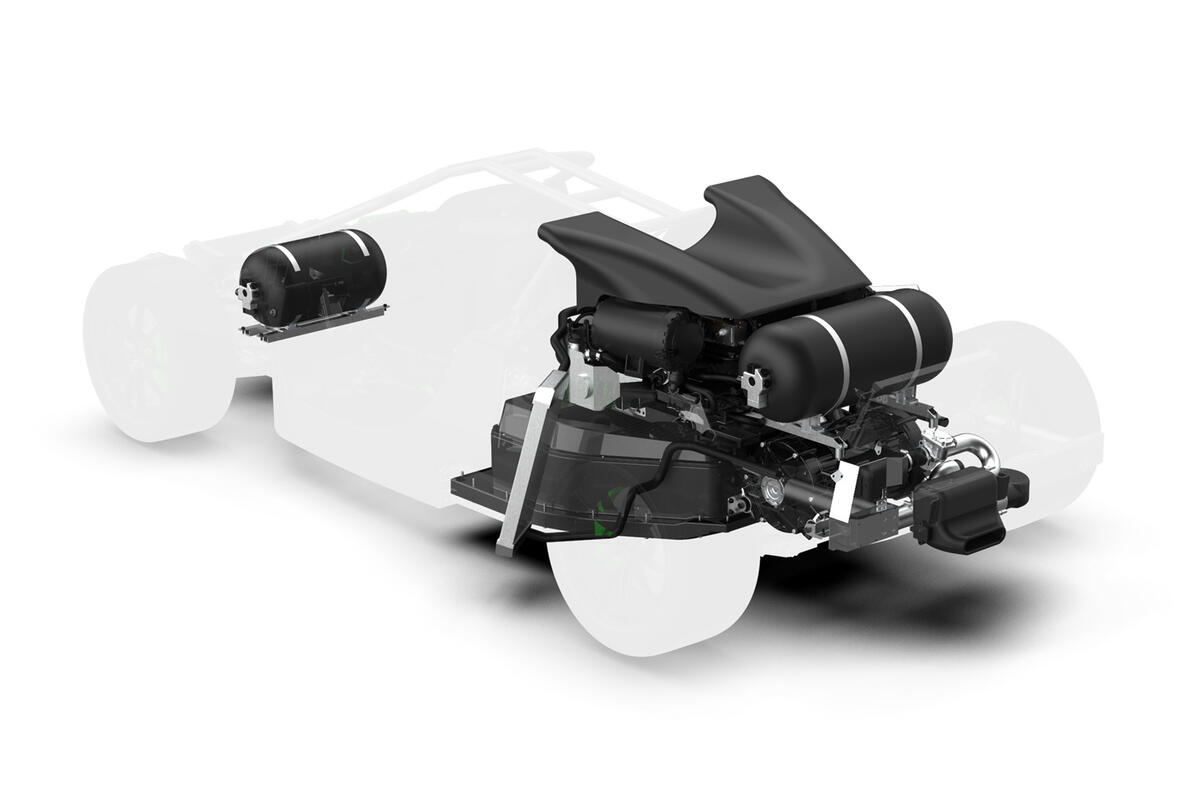
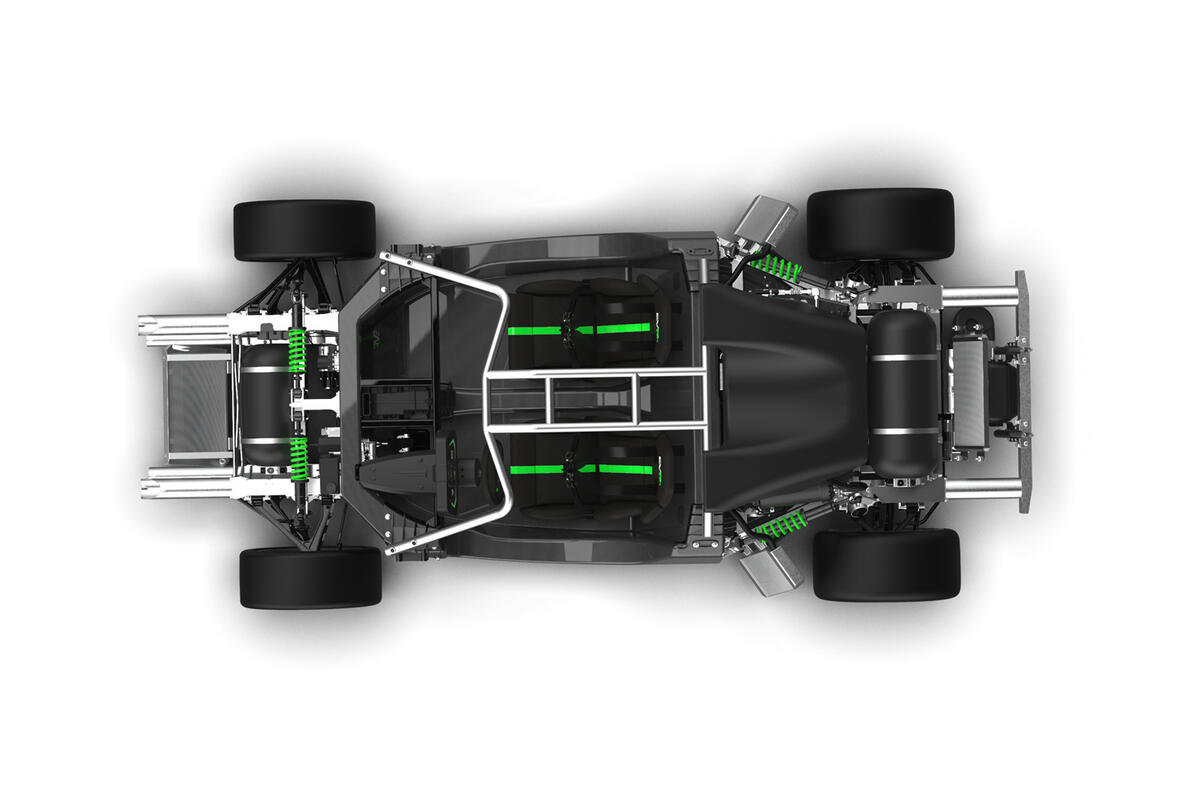
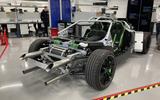
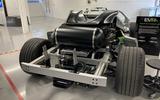
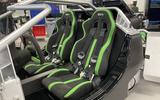

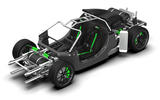
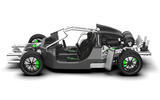
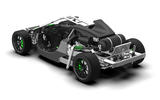
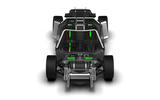
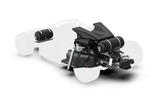
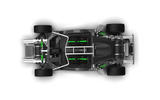


Join the debate
Add your comment
All very impressive, but is there - or will there ever be a market for an ultra high performance fuel cell vehicle? I just wish some of these engineers would devote their attention towards something a bit simpler, lighter, more affordable.